How do businesses appear at the top of Google search results or on websites you visit? That’s all thanks to Google Ads! It’s like a magic tool that helps businesses get noticed by people searching for what they offer.
Here’s how it works: You create ads that showcase your business, and then Google shows them to people who are interested in what you’re selling.
Whether you’re a local shop, an online store, or a big company, Google Ads & Google Ads lead generation can
help you reach the right customers at the right time.
The best part? You can track the success of your ads and make changes to get even better results. So if you’re ready to attract more customers and grow your business, Google Ads is here to help you do just that.
What is a Lead Ad Campaign in Google Ads?
A Google lead generation campaign is a type of advertising campaign designed to generate leads for a business or organization. The primary objective of this type of campaign is to collect contact information or other valuable data from potential customers who express interest in the products or services offered.
Lead ad campaigns typically involve:
- Creating and distributing ads that encourage users to take a specific action, such as filling out a form.
- Subscribing to a newsletter.
- Requesting more information and data.
- Signing up for a free trial.
These ads are often displayed across various digital platforms, including search engines, social media networks, and websites.
Introducing Our Lead Ad Campaigns
We are introducing our Lead Ad Campaigns: Your gateway to cultivating meaningful connections and driving tangible results. With our Google ads strategy approach to lead generation, we offer a seamless experience tailored to capture the interest of your target audience and convert them into valuable leads.
How to Set up a Lead Ad Campaign in Google Ads with Lead form Assets ?
Creating a search campaign in Google Ads involves several steps. Here’s a step-by-step guide to help you set up a basic search campaign for lead generation:
1. Sign in to Your Google Ads Account:
Access the Google Ads website and proceed to sign in to your Google Ads account.
2. Navigate to Campaigns:
After successfully logging in, navigate to the left-hand menu and select “Campaigns.”
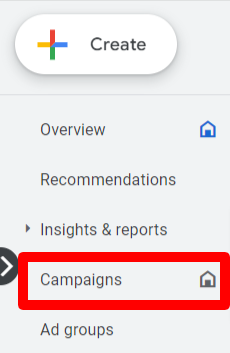
3. Click the “+” Button to Create a New Campaign:
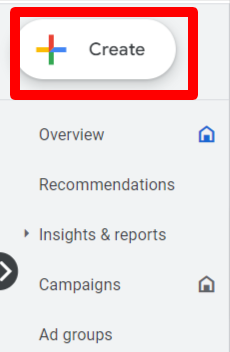
4. Choose a Goal for Your Campaign:
Google Ads will prompt you to select a goal for your campaign. Select “Leads,” or choose the one that aligns with your business objectives.
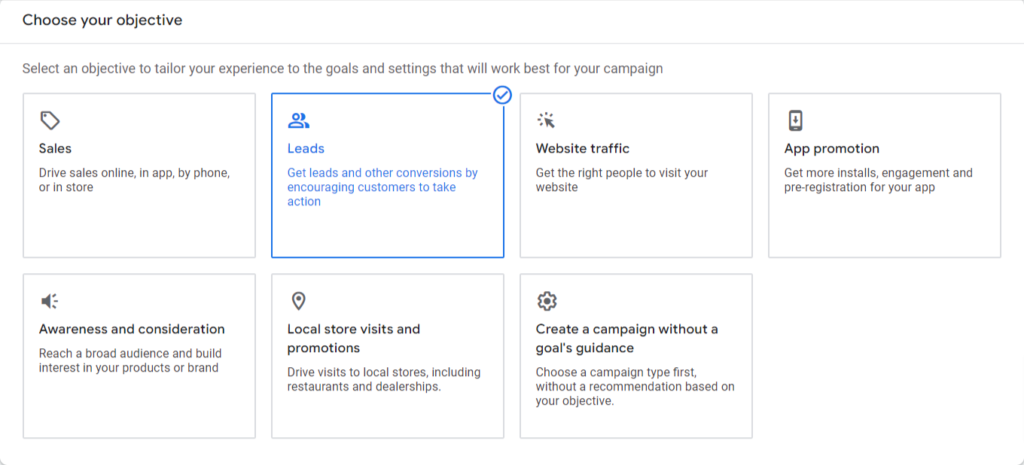
5. Select the Campaign Type:
Choose “Search” as the campaign type. This is where you’ll create text ads that will appear in Google search results.

Then, Select the ways you’d like to reach your goal and create the campaign name.
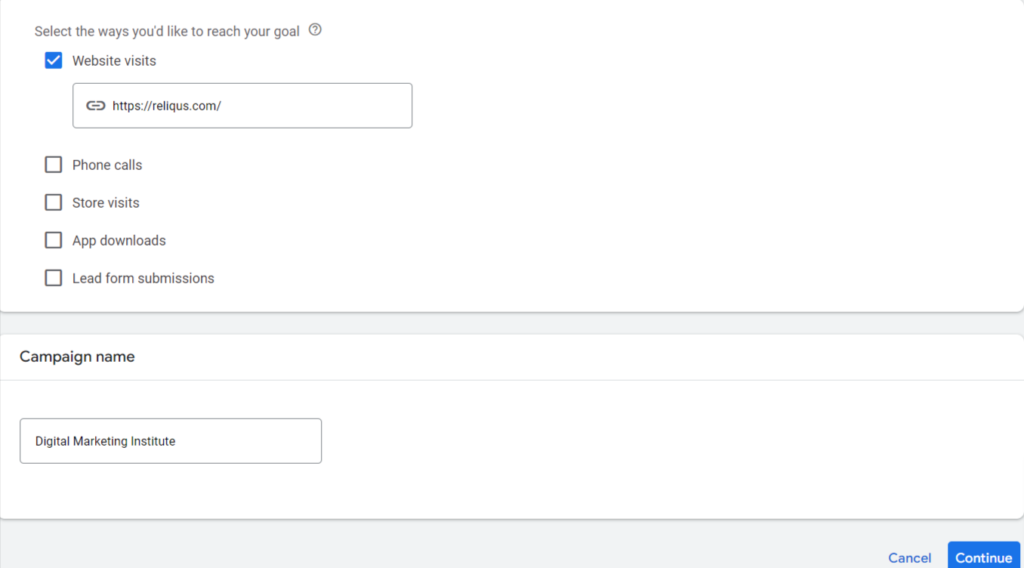
6. Choose Your Campaign Settings:
Bid Strategy: Choose a bidding strategy that aligns with your campaign goals.
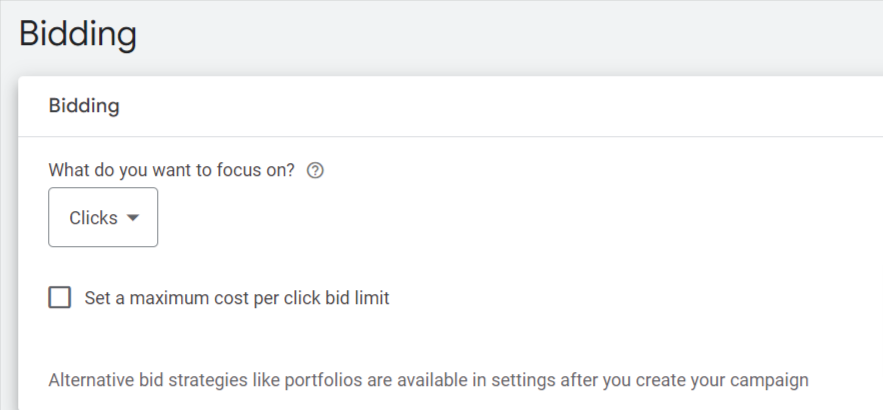
Networks: Select “Google Search Network”.
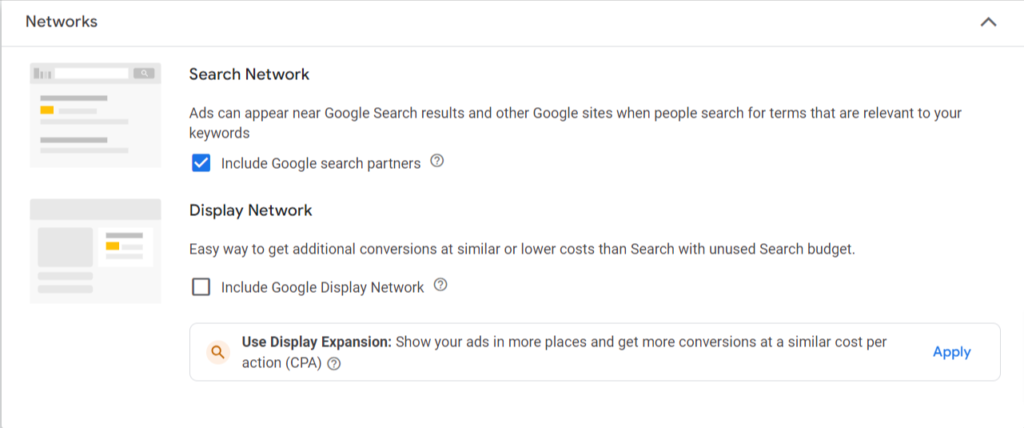
Locations: Specify the geographic locations you want to target.
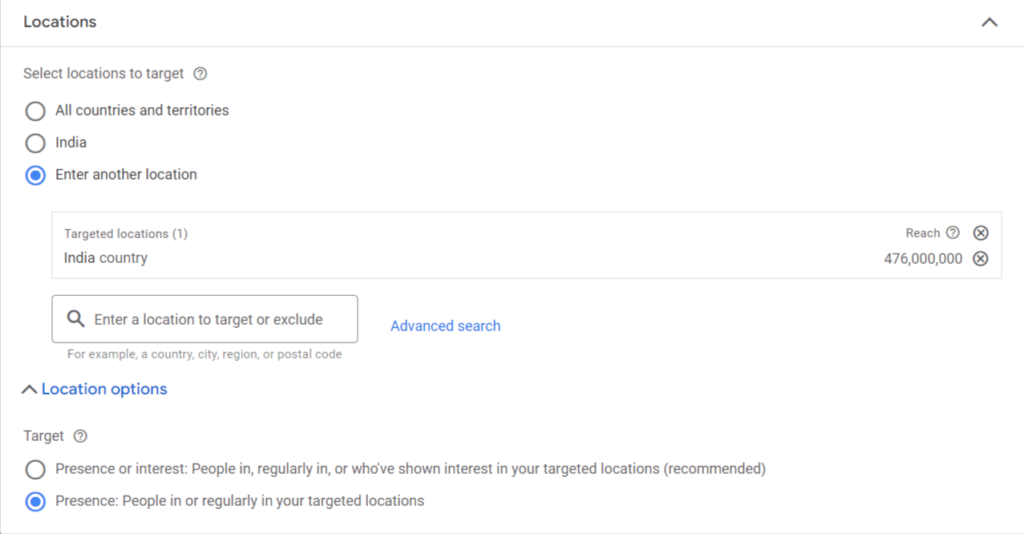
Language: Choose the language for your ads.
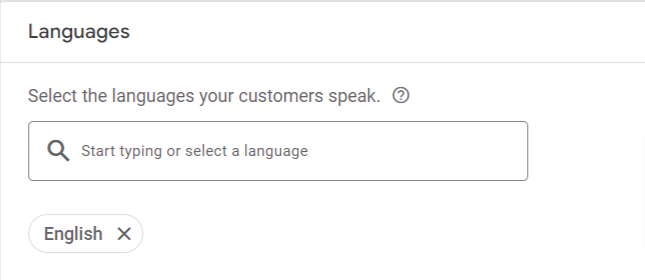
7. Create Your Ad Groups:
Ad groups help you organize your ads. Create ad groups based on themes or products, and set keywords for each ad group.
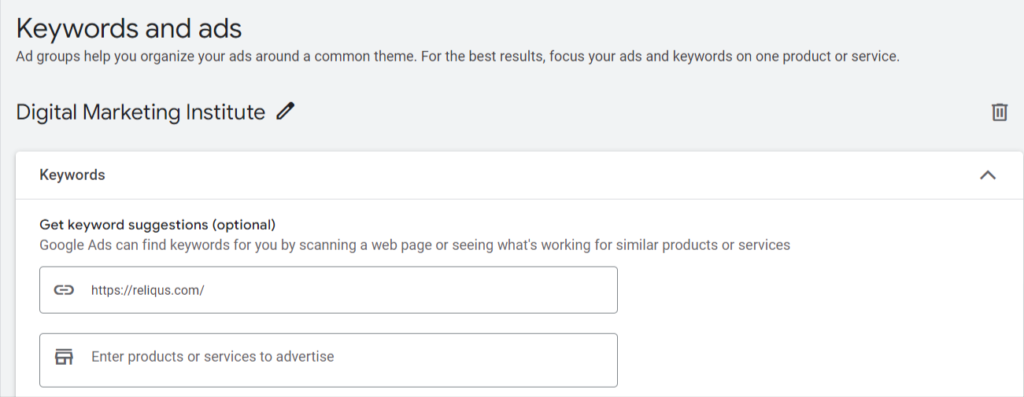
8. Choose Keywords:
Add relevant keywords to each ad group. These are the search terms that activate your ads to be displayed.
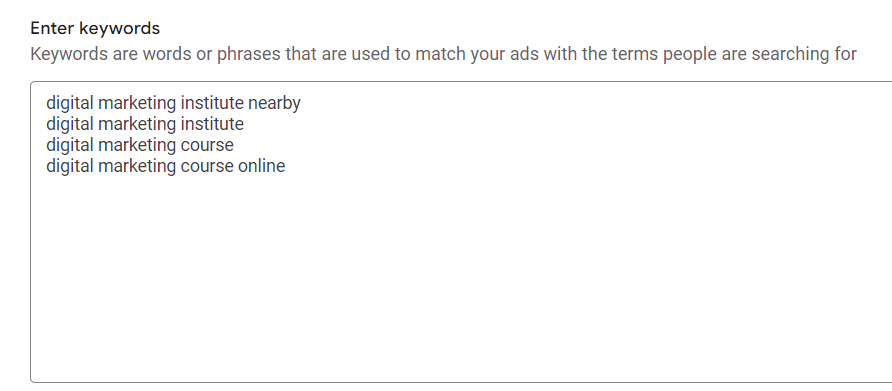
9. Create Your Ads:
Write compelling text ads that include relevant keywords. Each ad group can have multiple ads, allowing you to test different ad variations.
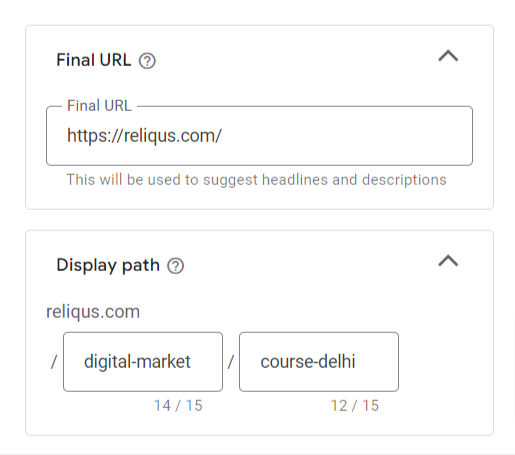
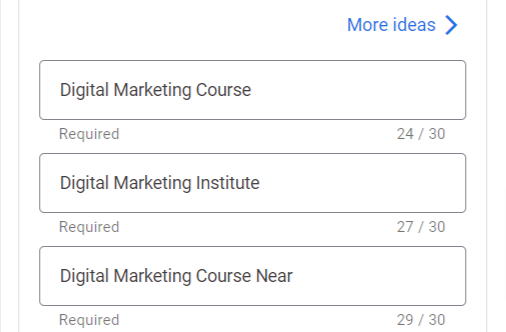
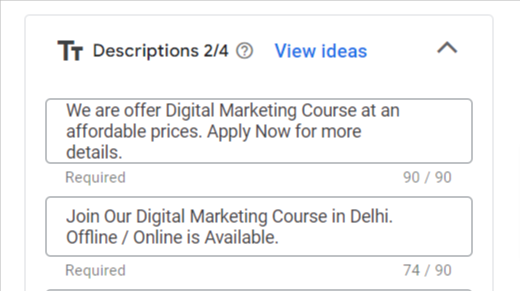
10. Ads & Assets
Click on the “+ Assets” button and select “Lead form” as the ad type.
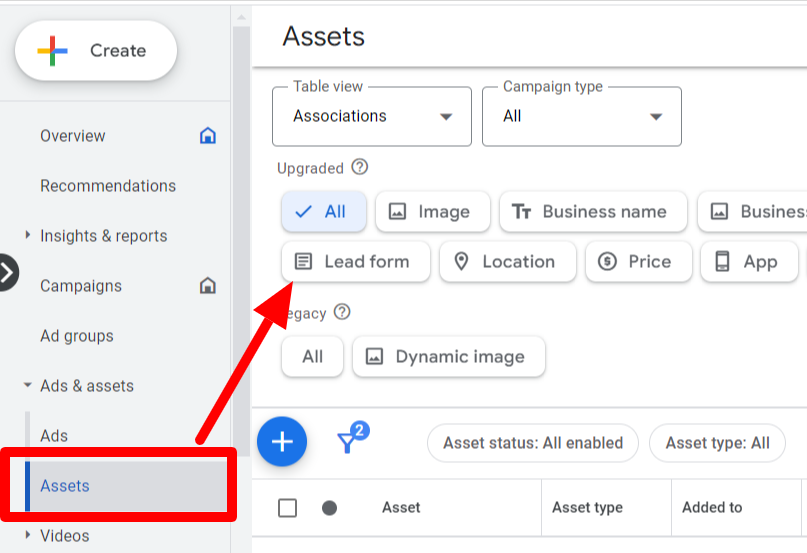
11. Design Your Lead Form
Fill in the required fields, including headline, description, business name, and background image. Then, customize your lead form assets:
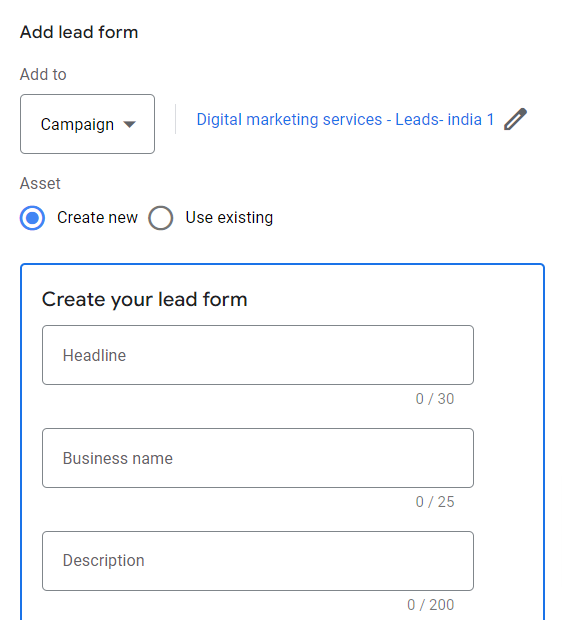
Lead Form Fields
Add fields to collect the information you need from your leads, such as name, email, phone number, etc.
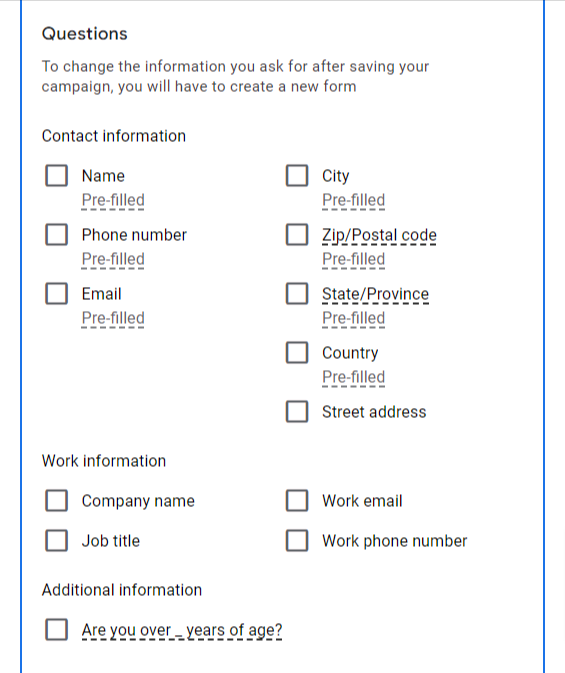
Custom Questions
Include additional questions tailored to your specific requirements.
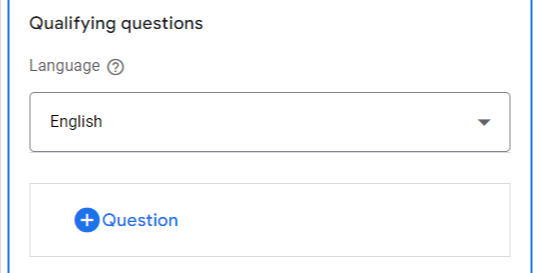
Privacy Policy
Add a link to your privacy policy.
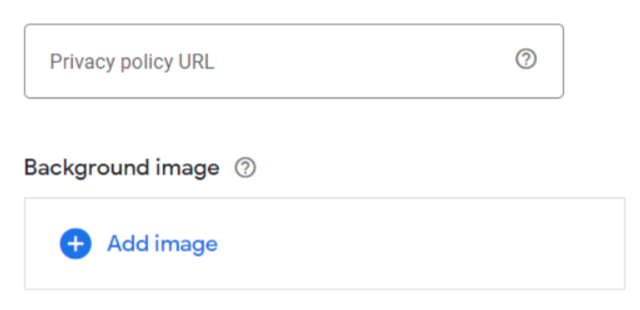
Confirmation Message
Craft a message that appears after users submit the form.
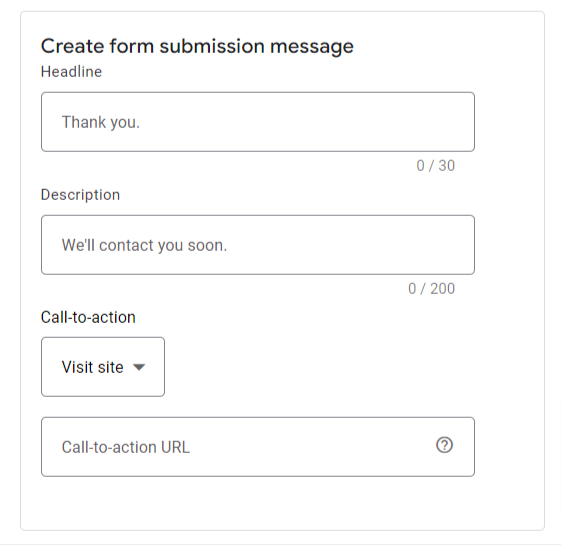
Call-to-Action Button
Choose the text for your call-to-action button.
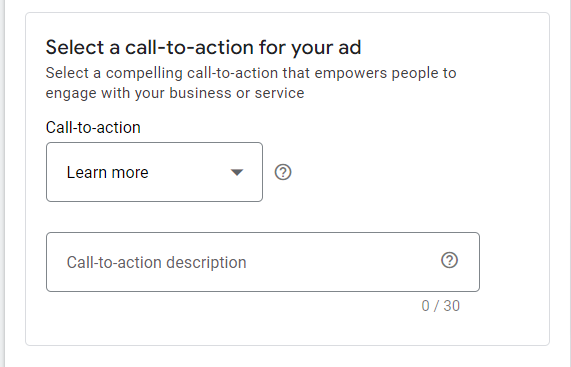
Preview and Save
Review your lead form ad to ensure everything looks correct. Then, save your changes.
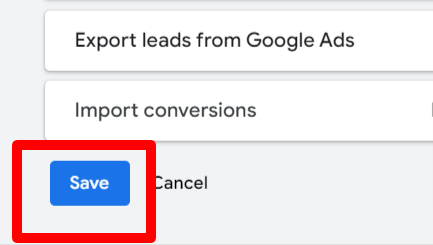
12. Choose Your Budget and Bidding:
Specify your daily budget, which denotes the maximum amount you are willing to spend per day. Also, choose your bidding strategy (manual or automated).
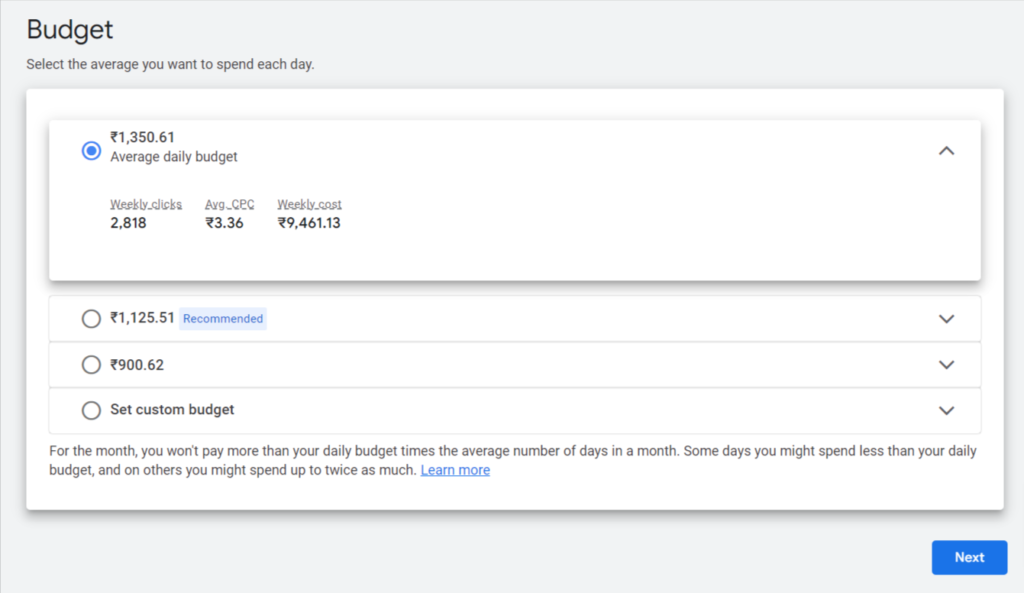
13. Set Bids for Keywords:
Assign bids to your keywords, You have the option to set bids manually or utilize automated bidding strategies.
14. Review and Launch:
Review your campaign setting, ad groups, ads, and keywords. Once you’re satisfied, click “Save and Continue” or “Launch Campaign” to set your campaign live.
15. Monitor and Optimize:
Regularly monitor your campaign performance. Analyze data, adjust bids, add negative keywords, and optimize your ad copy to improve results.
Maximizing Lead Generation with Google Ads: A Strategic Guide
By following these steps and continuously refining your approach, you can effectively use Lead Generation Google Ads to generate high-quality leads for your business.
- Define Your Target Audience: Understand who your ideal leads are. Define demographics, interests, and behaviors that align with your offerings.
- Set Up Conversion Tracking: Install Google Ads conversion tracking to measure your lead generation campaigns’ success accurately.
- Create Compelling Ad Copy: Craft attention-grabbing headlines and ad descriptions that communicate the value proposition to your target audience.
- Use Relevant Keywords: Identify and target keywords relevant to your business and audience. Utilize keyword match types effectively to reach the right users.
- Leverage Ad Extensions: Enhance your ads with call extensions, site link extensions, and location extensions to provide additional information and encourage user engagement.
- Design Landing Pages: Develop dedicated landing pages optimized for conversions. Ensure your landing pages align with your ad messaging and offer clear calls-to-action (CTAs).
- Implement Lead Capture Forms: Integrate lead capture forms on your landing pages to collect valuable contact information from potential leads.
- Utilize Remarketing: Implement remarketing campaigns to re-engage users who have previously visited your website but haven’t converted yet.
- Optimize Campaign Performance: Regularly monitor and analyze your Google Ads campaigns. Make data-driven adjustments to optimize performance and maximize lead generation.
- Test and Iterate: Continuously test different ad creatives, targeting options, and landing page elements to identify what resonates best with your audience and drives the most conversions.
Conclusion
Setting up a Google Lead Ad Campaign can be a powerful tool for generating leads and growing your business. By following the steps outlined in this blog, you can create an effective campaign that captures valuable customer information and drives conversions.
However, if you encounter any difficulties or need professional assistance, don’t hesitate to contact Reliqus Consulting. Our team of experts is here to help you navigate the complexities of setting up a Google Lead Ad Campaign and ensure that you achieve maximum results.
Contact us today to learn more about how we can support your business’s success.
